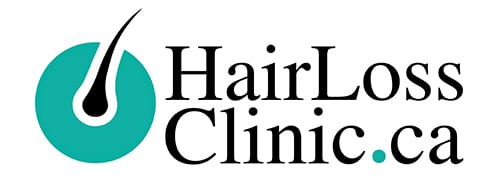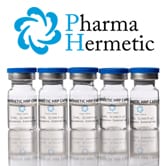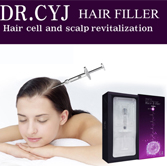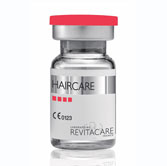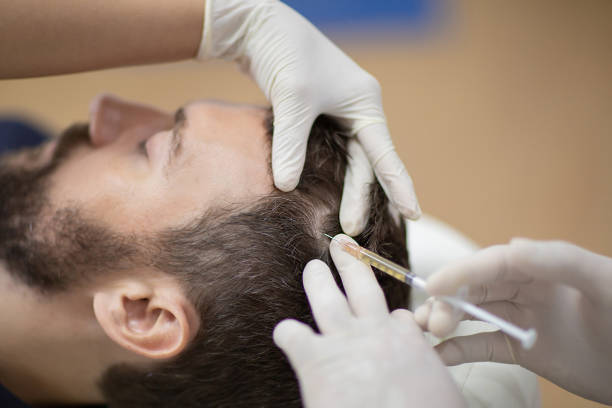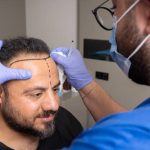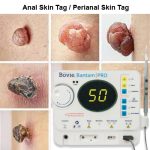May 19, 2023 By simonw Comments are Off prp hair treatment, PRP in hair treatment
Table of Contents
Comprehensive Guide to PRP Hair Treatment: Benefits, Procedures, and Results
Understanding PRP for Hair Loss
Hair loss affects millions of people worldwide, causing distress and impacting self-esteem. One popular and promising treatment option is Platelet-Rich Plasma (PRP) therapy. PRP is a natural solution that utilizes the body’s healing properties to promote hair growth and combat hair loss. Let’s delve into the details of PRP treatment, its benefits, the procedure, and the expected results.
How PRP Treatment Works
PRP treatment includes the extraction of a small quantity of the patient’s blood, followed by the separation of platelet-rich plasma, which contains healing properties and aids in blood clotting. In PRP therapy, the concentrated plasma, rich in growth factors and proteins, is injected into the scalp. These growth factors stimulate dormant hair follicles, improve blood circulation, and promote the growth of healthier, thicker hair.
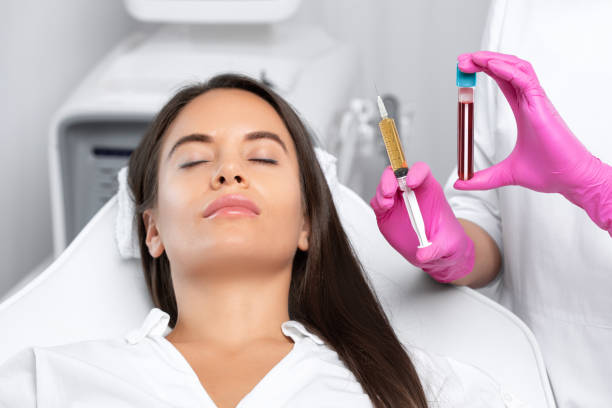
The Benefits of PRP for Hair Loss
PRP for hair loss offers several benefits that make it an attractive option for individuals seeking hair restoration:
- Natural and Safe: PRP treatment utilizes the patient’s blood, eliminating the risk of allergic reactions or adverse side effects.
- Non-Surgical: Unlike hair transplant surgeries, PRP is a non-invasive procedure, reducing the associated risks, downtime, and scarring.
- Improved Hair Growth: PRP stimulates hair follicles, leading to increased hair thickness, improved hair density, and enhanced hair regrowth.
- Minimal Discomfort: The procedure involves minimal discomfort, with most patients experiencing only mild soreness at the injection sites.
- Fast Procedure: PRP treatment is relatively quick, typically taking 60-90 minutes, allowing patients to resume their daily activities without significant interruption.
- Customizable Approach: PRP treatment can be tailored to meet individual needs, with treatment plans designed to address specific concerns and goals.
The PRP Treatment Procedure
The PRP treatment procedure typically involves the following steps:
- Blood Draw: A small amount of blood, usually around 30-60 ml, is drawn from the patient’s arm.
- Plasma Separation: Following the blood collection, it is centrifugated to separate the platelet-rich plasma from the other constituents.
- Local Anesthesia: Before the treatment, a local anesthetic is administered to the scalp to comfort the patient.
- PRP Injection: The concentrated PRP is carefully injected into the targeted areas of the scalp using fine needles or a microneedling technique.
- Post-Treatment Care: Patients are provided with specific instructions for post-treatment care, including avoiding excessive sun exposure and following a recommended hair care regimen.
Expected Results and Treatment Frequency
Results from PRP treatment for hair loss may vary among individuals, with factors such as the extent of hair loss and the body’s response influencing outcomes. Achieving optimal results with PRP requires multiple treatment sessions, highlighting the importance of understanding that it is not a one-time solution. Initially, treatments are often performed monthly, followed by maintenance sessions every few months to sustain hair growth and regeneration.
Other Hair Loss Treatments and Complementary Strategies
Integrating PRP treatment with other hair loss therapies or complementary strategies increases the potential for enhanced results. These may include:
- Hair Care Routine: Following a healthy hair care routine with gentle shampoo and conditioning products specifically designed for hair loss can help maintain the overall health of the hair and scalp.
- Nutritional Supplements: Incorporating essential vitamins and minerals into the diet, such as biotin, zinc, iron, and vitamin D, can support healthy hair growth and minimize hair loss.
- Scalp Massage: Enhancing blood circulation to the scalp and delivering vital nutrients to the hair follicles can be achieved through regular scalp massages using gentle circular motions.
- Stress Management: Managing stress levels through techniques like meditation, yoga, or exercise can help minimize the impact of stress on hair loss and promote overall well-being.
- Lifestyle Modifications: Positive lifestyle changes, such as avoiding smoking, limiting alcohol consumption, and maintaining a balanced diet, can contribute to healthy hair growth.
- Prescription Medications: In some cases, prescription medications like minoxidil or finasteride may be recommended in combination with PRP treatment to address hair loss more comprehensively.

Choosing the Right PRP Hair Treatment Provider
When contemplating PRP treatment for hair loss, it is essential to select a provider who is both qualified and experienced. Look for a reputable clinic or medical professional with a proven track record performing PRP therapy for hair loss. Consider their expertise, patient reviews, and before-and-after photos to assess their capabilities.
Consultation and Personalized Treatment Plan
Before undergoing PRP treatment, scheduling a consultation with the chosen provider is essential. In the consultation process, the provider will evaluate your hair loss situation, discuss your goals and aspirations, and create a personalized treatment plan that aligns with your specific requirements. In addition, they will explain the procedure, potential risks, and expected outcomes to ensure you have a comprehensive understanding of the treatment.
Conclusion
PRP therapy has gained popularity as a promising and effective hair restoration treatment, providing a natural approach and proven benefits for individuals dealing with hair thinning, hair loss, or certain types of alopecia. In addition, by stimulating hair growth, improving hair density, and enhancing overall scalp health, PRP treatment can help individuals regain their confidence and achieve their desired appearance.
Every individual’s hair loss journey is unique, and results may vary. To ensure the suitability of PRP treatment for your special circumstances, it is crucial to seek guidance from a qualified healthcare professional or specialist in hair loss. With proper guidance and a comprehensive treatment plan, you can take proactive steps toward restoring your hair and revitalizing your self-esteem.
Incorporating a holistic approach, including a hair care routine, healthy lifestyle habits, and personalized treatment options, can further complement the benefits of PRP therapy. So embrace the possibilities and embark on your journey to healthier, fuller hair with PRP treatment for hair loss.
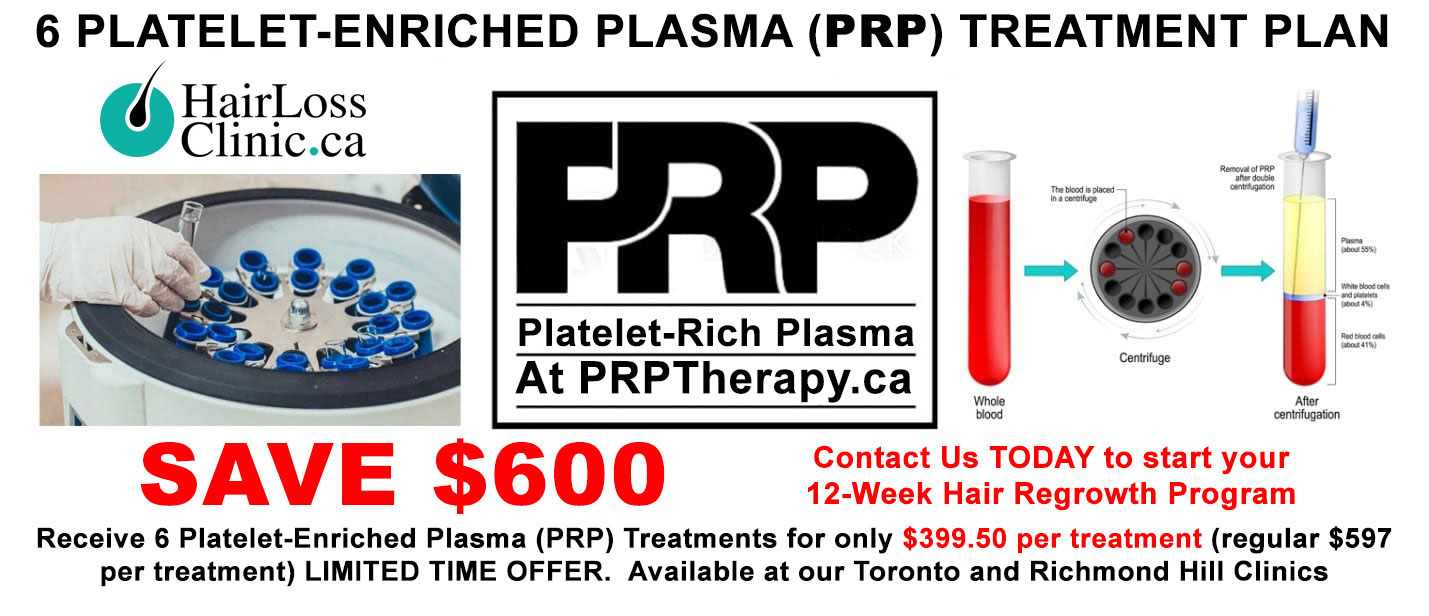
Book Your Free Consultation Today Or Call (647) 492-9093
Q & A
What is PRP in hair treatment, and how does it work for hair restoration?
PRP in hair treatment stands for platelet-rich plasma, a concentrated plasma derived from the patient’s blood. The process involves drawing blood, processing it to separate the plasma rich in platelets, and injecting it into the scalp. In addition, PRP contains growth factors that promote hair follicle health, stimulate hair regrowth, and improve the overall condition of the scalp.
Is PRP hair restoration effective for promoting hair growth and preventing further hair loss?
PRP hair restoration has shown promising results in promoting hair growth and preventing other hair loss. The growth factors present in PRP help rejuvenate the hair follicles, improve their function, and extend the hair growth phase. As a result, regular PRP treatments can lead to thicker, stronger hair and minimize further hair loss.
How does PRP for hair growth differ from PRP injections for hair loss?
PRP for hair growth and PRP injections for hair loss are essentially the same procedure. Injecting PRP into the scalp is a method used to stimulate hair growth and combat the issue of hair loss, with the terms often used interchangeably to describe this approach.
Can traction alopecia be treated with PRP therapy or other hair loss treatments?
PRP therapy has shown promising results in treating traction alopecia, a form of hair loss triggered by prolonged tension or pulling on the hair follicles. PRP injections can help stimulate hair regrowth and improve the condition of the affected follicles. Addressing the underlying cause of traction alopecia, such as tight hairstyles or the prolonged use of hair extensions, is crucial to avoid exacerbating the condition.
How does PRP therapy help in treating hair loss in women?
PRP therapy can be an effective treatment for hair loss in women. It aids in activating dormant hair follicles, enhancing scalp blood circulation, and encouraging hair regrowth. PRP injections directly deliver essential nutrients and growth factors to the hair follicles, creating a favourable environment for healthier hair growth. It can address various causes of hair loss in women, including hormonal imbalances, nutrient deficiencies, and genetic factors.
Can PRP therapy be beneficial in addressing scarring alopecia, a form of hair loss resulting from scalp inflammation and scarring?
PRP therapy has shown promising results in managing scarring alopecia. The growth factors present in PRP help reduce inflammation, promote tissue repair, and stimulate the regeneration of healthy hair follicles. Although PRP treatment may not be able to reverse the scarring process completely, it can enhance the scalp’s condition and promote hair growth in areas that are not severely scarred.
What is the significance of understanding the hair growth cycle in addressing hair loss concerns?
Understanding the hair growth cycle is crucial in addressing hair loss concerns effectively. The hair growth process comprises three stages: anagen, catagen, and telogen, each with distinct characteristics. Anagan (active growth phase), catagen (transition phase), and telogen (resting phase). Different hair loss conditions, such as telogen effluvium or hormonal imbalances, can disrupt this cycle, leading to excessive hair shedding or a prolonged resting phase. Treatments like PRP therapy can help restore balance and promote healthy hair regrowth by targeting specific stages of the hair growth cycle.
Are specific medications available for treating hair loss, and how do they complement PRP therapy?
Medications such as minoxidil and finasteride are available for treating hair loss. By promoting hair growth, minoxidil is a topical solution that can be combined with PRP therapy, while finasteride, an oral medication, works by blocking DHT production. Consulting with a healthcare professional is important to identify the proper medication and treatment plan, considering individual needs and medical history.
Can specific vitamins or supplements support hair regrowth and complement PRP therapy?
Specific vitamins and supplements can support hair regrowth and complement PRP therapy. Biotin, vitamin D, iron, zinc, and omega-3 fatty acids are vital nutrients in hair health. These can be obtained through a balanced diet or supplements recommended by a healthcare professional. Although supplements can support hair health, it is crucial to incorporate them as part of a comprehensive treatment approach that includes PRP therapy to achieve the best outcomes.
Are there any natural or home-based hair loss remedies that can be used alongside PRP therapy?
Certain natural remedies can synergize with PRP therapy to enhance hair regrowth and minimize hair loss. These may include scalp massages, essential oils like rosemary or lavender, and herbal extracts such as saw palmetto or ginseng. While these remedies may provide some benefits, it’s important to note that their effectiveness varies from person to person. It’s always advisable.
Can patchy hair loss or bald spots be treated with PRP therapy?
PRP therapy can be an effective treatment option for patchy hair loss or bald spots. By injecting platelet-rich plasma into the affected areas, PRP helps stimulate hair follicles, promote regrowth, and improve the overall appearance of the scalp. The treatment outcome for patchy hair loss may be influenced by the underlying cause, underscoring the importance of consulting with a healthcare professional for a thorough evaluation and tailored treatment approach.
How does hormonal imbalance contribute to hair loss, and can PRP therapy address this issue?
Hormonal imbalance, such as fluctuations in estrogen, progesterone, or testosterone levels, can contribute to hair loss. In some cases, excessive production of certain hormones or sensitivity to hormonal changes can affect the hair growth cycle. While PRP therapy can contribute to hair regrowth and enhance scalp health, managing hormonal imbalances typically necessitates a comprehensive strategy involving the guidance of a healthcare professional.
Is autoimmune hair loss treatable with PRP therapy or other hair loss solutions?
Autoimmune hair loss conditions, such as alopecia areata, occur when the immune system mistakenly attacks the hair follicles, leading to hair loss. While PRP therapy has shown potential in stimulating hair regrowth in some cases of alopecia areata, its effectiveness may vary. When addressing autoimmune hair loss, healthcare professionals may explore additional treatment options, such as corticosteroid injections or immunosuppressive medications, in combination with PRP therapy.
How does stress impact hair loss, and can PRP therapy help address stress-related hair loss?
Chronic stress can contribute to hair loss by disrupting the hair growth cycle and triggering a condition known as telogen effluvium. Although PRP therapy can contribute to scalp health and hair regrowth, managing stress-related hair loss necessitates a comprehensive approach. Managing stress through relaxation techniques, lifestyle modifications, and seeking support from healthcare professionals or therapists can complement the effects of PRP therapy in addressing hair loss caused by stress.
What are the typical hair loss patterns, and can PRP therapy effectively treat different hair loss patterns?
Hair loss patterns can vary, including receding hairlines, thinning on the crown, or general hair thinning. While PRP therapy has shown positive results in stimulating hair regrowth and improving hair density, its effectiveness may depend on the specific pattern and underlying cause of hair loss. Seeking guidance from a healthcare professional or hair loss specialist is advised to identify the optimal treatment approach tailored to individual needs and patterns of hair loss.
Are specialized hair loss clinics or centers offering PRP therapy and other advanced hair loss treatments?
Specialized hair loss clinics and centers offer PRP therapy and a range of advanced hair loss treatments. These clinics often have experienced professionals diagnosing and treating hair loss conditions. They can provide personalized treatment plans, including PRP therapy, medications, lifestyle recommendations, and other innovative solutions for hair loss. It is advisable to seek reputable clinics and consult with qualified experts.
Comments are closed.
